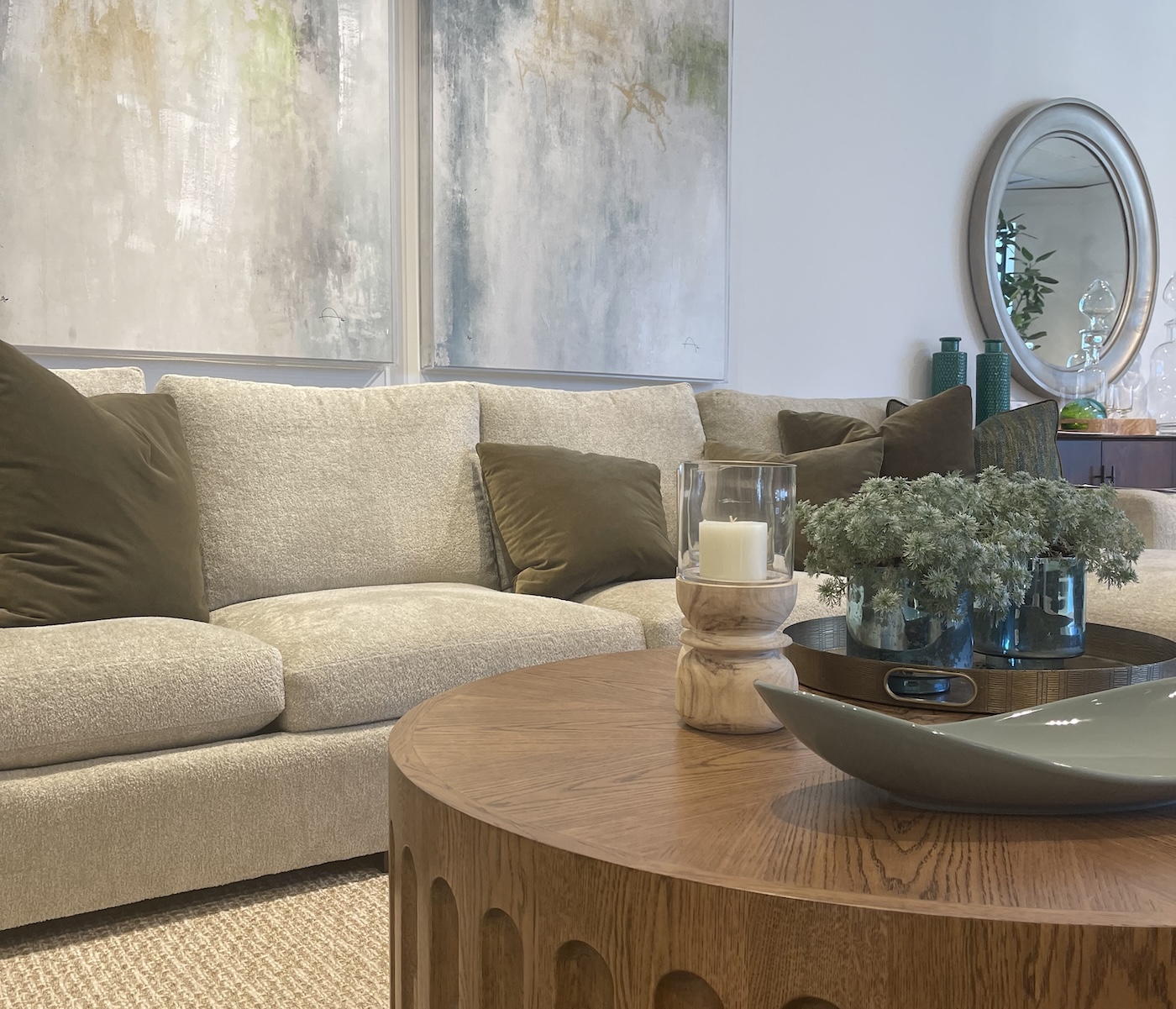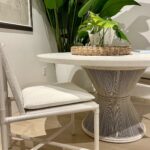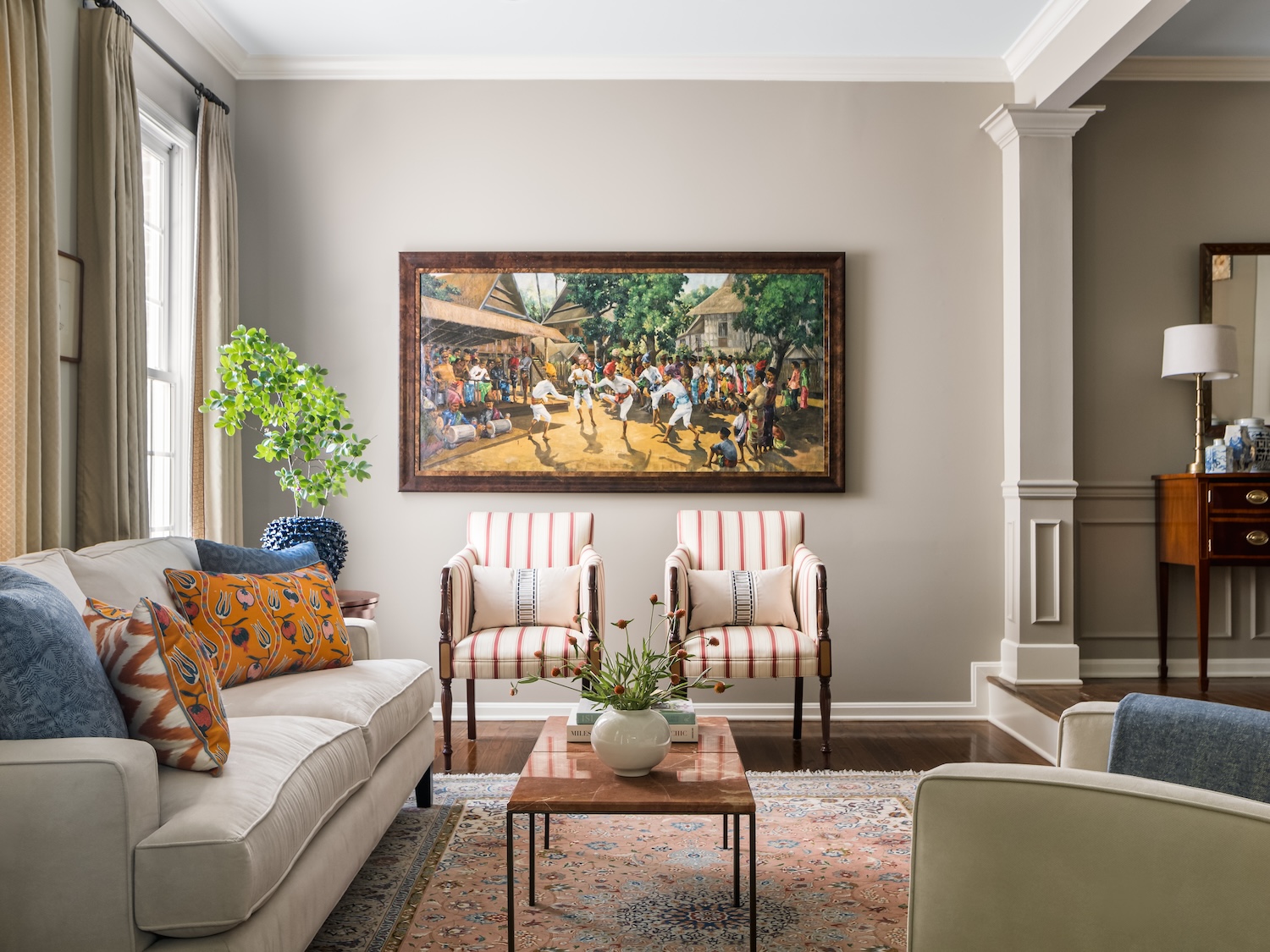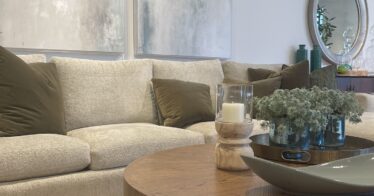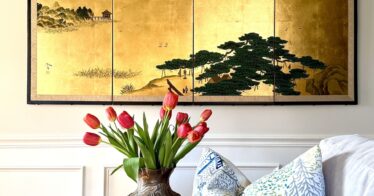This transitional living room seamlessly blends classical proportions with contemporary comfort, illustrating the timeless principles of great transitional interior design.
A common misunderstanding is that traditional interior design has little impact on contemporary interiors. This couldn’t be further from the truth.
The classical design tradition has profoundly influenced today’s understanding of beauty, proportion, and harmony in design, including transitional interior design styles of today. Rooted in ancient Greek and Roman architecture, classical design is interior design’s “big bang”—the springboard for creating beauty and great interior design, regardless of style.
The Science of Space
The importance of thoughtfully designed interiors has significant scientific validation. Leading research institutions, including Harvard’s T.H. Chan School of Public Health and the International WELL Building Institute, have documented how our built environments profoundly affect both physical and mental wellbeing.
This scientific recognition confirms what the ancient Greeks and Romans understood centuries ago: our surroundings directly impact our health and happiness. When we create spaces using classical principles of proportion, harmony, and natural connection, we’re not just designing for beauty, we’re designing for human wellbeing.
The Classical Foundation of Modern Transitional Interior Design
Balance, Symmetry and Order
Classical tradition emphasizes the timeless design principles of balance, symmetry, and order. These principles are evident in classical architectural elements such as columns, pediments, and entablatures. While commonly considered “traditional design” features, these elements have been adapted and reinterpreted throughout history.
Regardless of whether the design is traditional, transitional or modern, elegance and permanence in design stems from the designer’s adherence to these classical principles.
Human Scale and Proportion
Classical tradition places a strong emphasis on human scale and proportion. Both are critical considerations that impact the comfort and livability of a home. Our homes feel simultaneously intimate and grand when the design harmonizes with the human form and experience.
Nature
Drawing inspiration from the natural world, classical design principles seek to replicate the aesthetic patterns found in nature, creating a comforting resonance between interior spaces and the natural world. In fact, it is this design technique or “secret” that interior designers deploy to create the sense of familiarity in a new space and the sense of being at home.
The Evolution of Transitional Interior Design
Today, interior designers seamlessly integrate classical principles into contemporary interiors. The resulting style is commonly referred to as transitional interior design. More technically, this blending of design style elements is an eclectic interior design approach.
Eclecticism in interior design is the artful, reasoned blending of a variety of styles to produce a cohesive and well-functioning space.
Whether you fancy traditional, transitional, modern, industrial, contemporary, farmhouse chic, elegant, mid-century modern, Tudor, or boho design style, great design rests in the classical design principles that are ultimately rendered in the desired style.
In fact, it was the complexity caused by the availability of so many different furniture and design styles at the time that led to interior design becoming a profession in the early 1900s!
Interior designers build on the classical design techniques of the past to shape the aesthetics of the future and create the aesthetics of your home. Classical design techniques are the universal language of beauty and order that resonates with humans across diverse contexts and styles.
Beyond Trends
As we look toward 2025 and beyond, there is a shift in the way we think about interior design trends. In her remarks at the Fall 2024 High Point Market, Global trend ambassador Patti Carpenter, Principal of carpenter + company and a leading voice in international design forecasting, noted that interior design is becoming increasingly intentional and personal, with a renewed emphasis on craftsmanship.
Because of the rich design history (and because interior design projects rarely start with nothing), the future of interior design is decidedly eclectic, with spaces becoming more complex and deeply personal.
Even as design naturally evolves—with style cycles typically spanning 5-7 years—interiors grounded in classical principles and quality craftsmanship can be easily refreshed and adjusted without requiring complete overhauls. This is where the true value of thoughtful, eclectic design reveals itself: in creating spaces that can gracefully evolve while maintaining their essential character and functionality.
The Pembrook Interiors Approach
Officially speaking, Pembrook Interiors is an eclecticism design firm. Many of our clients would describe our work as transitional or updated traditional. Each of our clients would say that their finished space is a great reflection of who they are and how they live. Our approach focuses on:
- Thoughtful integration of classical principles
- Careful consideration of scale and proportion
- Harmonious blending of different design styles
- Creation of spaces that feel both timeless and personal
- Attention to how clients live in their spaces
Are you ready to explore how classical design principles can elevate your modern home?
At Pembrook Interiors, we specialize in creating personalized eclectic spaces that honor timeless principles while embracing contemporary living. Contact us to discover how we can blend classical elegance with your unique style for a space that’s perfectly you.
